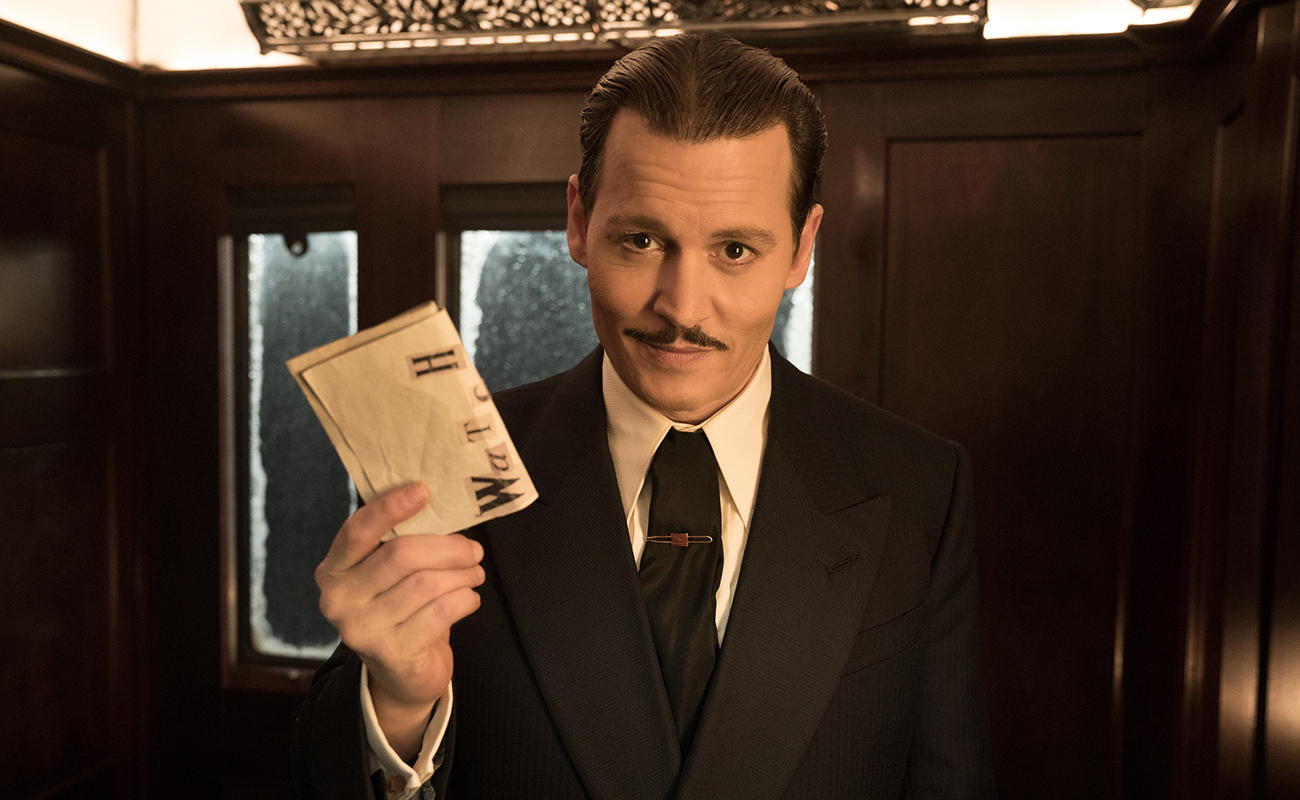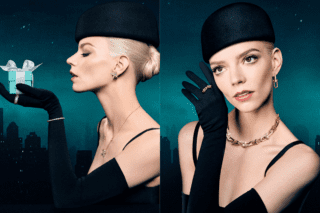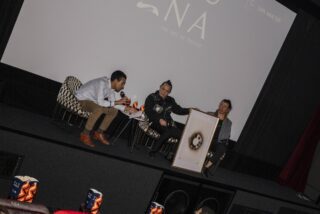This website uses cookies so that we can provide you with the best user experience possible. Cookie information is stored in your browser and performs functions such as recognising you when you return to our website and helping our team to understand which sections of the website you find most interesting and useful.
Oscar-winning costume designer Alexandra Byrne on ‘feisty’ Daisy Ridley and dressing up a Murder on the Orient Express
By Michelle Johnson | 1 November 2017 | Style
Sir Kenneth Branagh’s all-star revival of the classic Poirot story stars Daisy Ridley, Michelle Pfeiffer and Johnny Depp
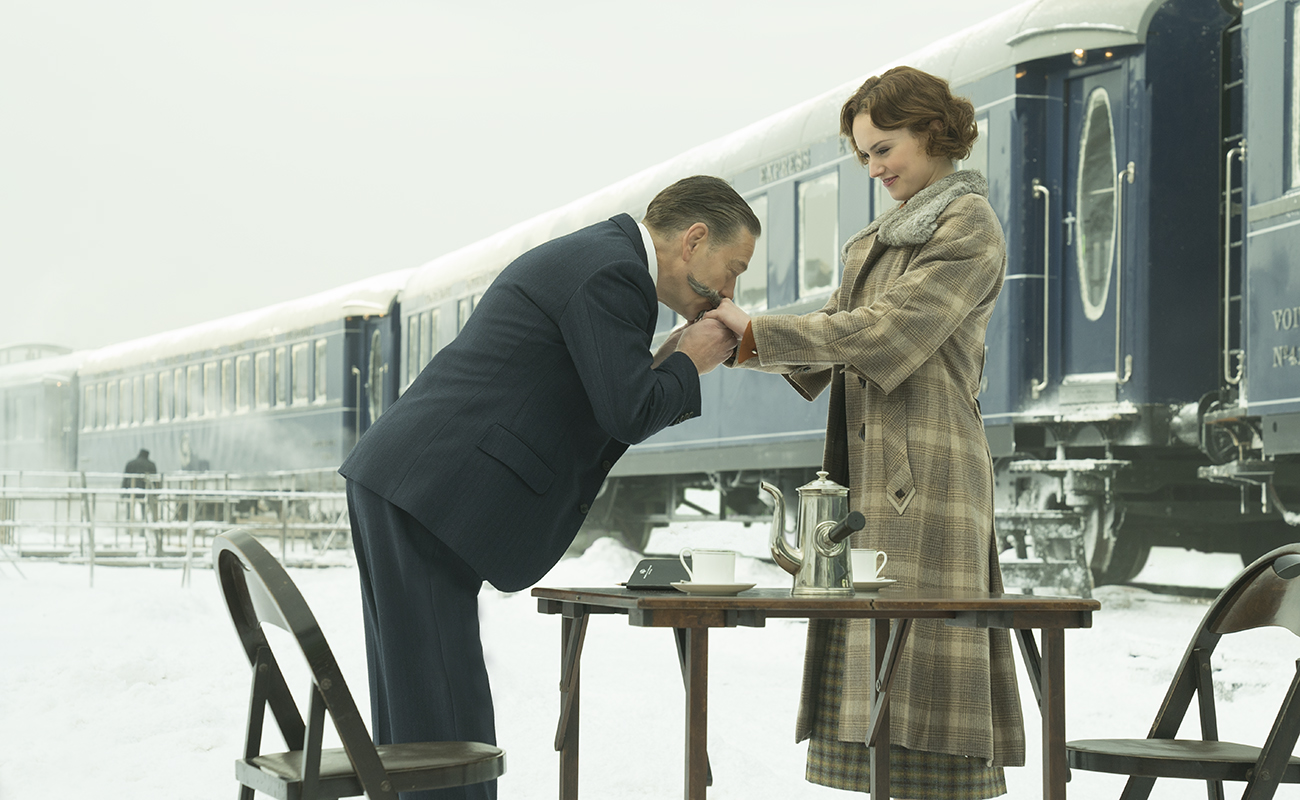
From Cate Blanchett's Elizabeth I to Benedict Cumberbatch's Doctor Strange, Oscar-winning costume designer Alexandra Byrne is known for realising even the wildest of adventures through her detailed and authentic costume design. Now, she has reunited with Hamlet actor-director Sir Kenneth Branagh to bring Agatha Christie's seminal novel Murder on the Orient Express back to the big screen.
With an all-star cast including Branagh as Hercule Poirot, Star Wars heroine Daisy Ridley, Dame Judi Dench, Johnny Depp and Michelle Pfeiffer, Byrne was tasked with creating the perfect 1930s costumes for each character – even going so far as to reinvent a period-accurate dry-weave to perfect Poirot's classic outfit. With the London premiere taking place on 2 November, Byrne took time out to tell Tempus all about collaborating with the stars, taking on different cinematic genres, how to invest in a vintage collection, and the trouble with shirt collars…
Tell us about working with Sir Kenneth Branagh and shooting in 65mm film?
I've worked with Ken before, we worked on Hamlet together, and I learned the hard way that the lenses and film he uses just means that you can see everything – you can see every stitch, every detail – so you have to be aware of that. The other challenge we had was that, in the plot, we get stuck in an avalanche, which means shooting against a white background. That changes how all your colours and silhouettes read on screen. You just have to be true to your eye.
What affect does that have on the costumes?
It just means that it's worth pushing for that extra bit of perfection, because you know the audience is going to see it. For instance, men's shirt collars are a nightmare. You might start off with a perfect look in a fitting but day 22 when that shirt's been washed x-number of times and it doesn't sit the right way when you're returning to a scene, that's the sort of detail you really have to watch for. That's particularly under scrutiny with someone like Ken playing Poirot, because one of his obsessions with Poirot was his symmetry and vanity of perfection, so the collars and ties were a challenge. >>
Related Link: Exclusive: Vikings star Gaia Weiss on her secret passion for ballet
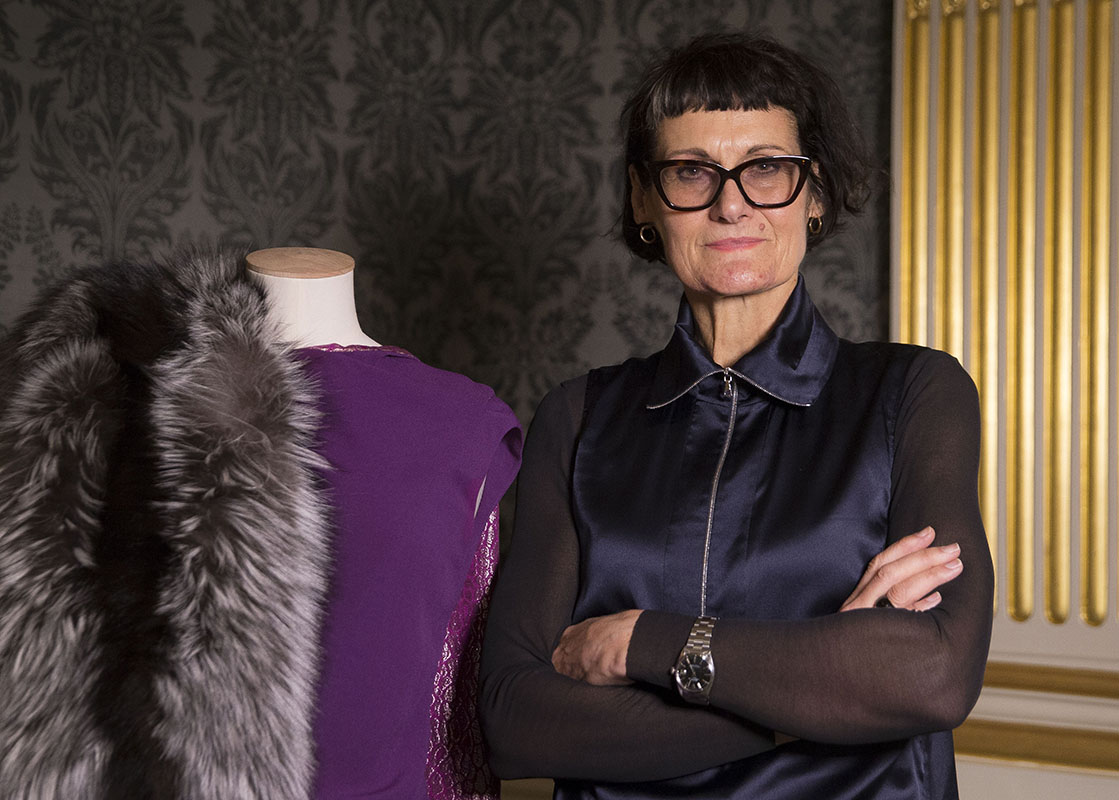
So his costume really tells us about Poirot's character?
I like to think that's always true in a film. You are telling a story with a costume, so it's hugely important. For instance, Michelle Pfeiffer's character, Caroline Hubbard, is described by Agatha Christie as someone who 'walks too loudly', so the challenge becomes how do you express that through her costume, and make that character likeable and credible?
How much influence does the actor have on their costume?
Certainly there's a collaboration in the sense that a costume's never finished until the actor's in the room with you. With Daisy [Ridley], we tailored the skirt based on her size of stride, adjusted how far the pleat should go, to make sure she could move and sit the way she needed it to on screen. If you have an action sequence you might cheat it a bit, for instance you could have a second skirt that has higher pleats so the actor can run and jump, things like that. You change the tailoring to accommodate a lot of movement as well as for hiding wires and stunt padding.
Going from Star Wars to a period drama must have been quite a leap for Daisy. Was she daunted or excited to try something so different?
She was quite funny about the period aspect actually, because there was a sequence where she was meant to kneel in a scene with Poirot and I said, 'before you even rehearse that scene, you need to practise kneeling in a skirt so you know that you're not doing an action movie.' There's a whole different way of moving the body, but I think she loved the complete change. She's a very good example of someone who brings such energy to the set that you work with that in her costume. She's a feisty English rose, and since she brings the feisty attitude, the costume can pull back a bit.
Did you get a lot of information about characters' clothing from Agatha Christie's novel?
She does tell us a lot about what the characters are wearing, but I have to say I didn't feel obligated to stick rigidly to that. We tried to understand what she was saying about the characters and what she wanted and make it relevant to the audience. It's a ripping yarn, you get really swept up in the story – and that's exactly the kind of film we wanted to make.
How did clothing etiquette differ in the 1930s?
That was the most fascinating part of the research I did for this film – American, English and European clothing and etiquette were all completely different depending on your class and origins. Somebody like Princess Dragomiroff, played by Dame Judi Dench, would change four or five times in the day, even while travelling on a train. She's a woman who's worn corsets all her life, so she'd have breakfast in a morning robe, then put on her corset and dress for lunch, then probably loosen her corset and go into a tea gown, and then she'd dress for dinner – which is why she'd have a maid with her all the time. >>
Related Link: Diesel founder Renzo Rosso says standing out from the crowd is about more than luck
How authentic did you try to be in your costuming?
Actually, there's a danger in getting overly bogged down in your research – there has to be a moment where you allow yourself to make whatever allowances you need in order to tell the story. For example, actor's bodies are a very different shape now, so you have to build the clothing differently in order to give the feel of the 1930s. Fabrics are very different, and behave differently, so there are some modern influences that I've used in order to capture the essence of the period in a way that a 21st century audience can immediately relate to.
Did you use any original pieces?
Not really. We looked at original pieces for tailoring and colours – you can see the original colours under the seams. 1930s English suits were usually made of an 18oz cloth, which today would be very spongy and thick, whereas the weaving then was a very dry, flat weave. So for Poirot's costume we used a mill in Scotland where they could recreate that 1930s weave. They did an amazing job.
You are known for your period dramas as much as your Marvel films, but is there one genre you prefer?
No, I enjoy both. I approach them in the same way. People can be very derogatory about superhero films but I think a lot of the costumes on those are absolutely extraordinary, and they rarely get properly seen. They have to deliver on so many fronts. I think Doctor Strange was really the coming together of my two worlds, because it meshed the period and the modern, so that was very special.
What advice would you give for people interested in finding vintage items?
I think the vintage textiles fairs are the best place to start. There's a whole kind of network of people who all know each other – and it's funny, the moment they hear you've got a period film on you start getting a dozen phone calls. The London Vintage Fashion Fair runs about four times a year in Hammersmith. Portobello Market's still good but you have to go very early on a Friday morning, because all the dealers are there buying items up to sell to you – so if you want to get in first you have to hurry.
Murder on the Orient Express is in cinemas from Friday 3 November
